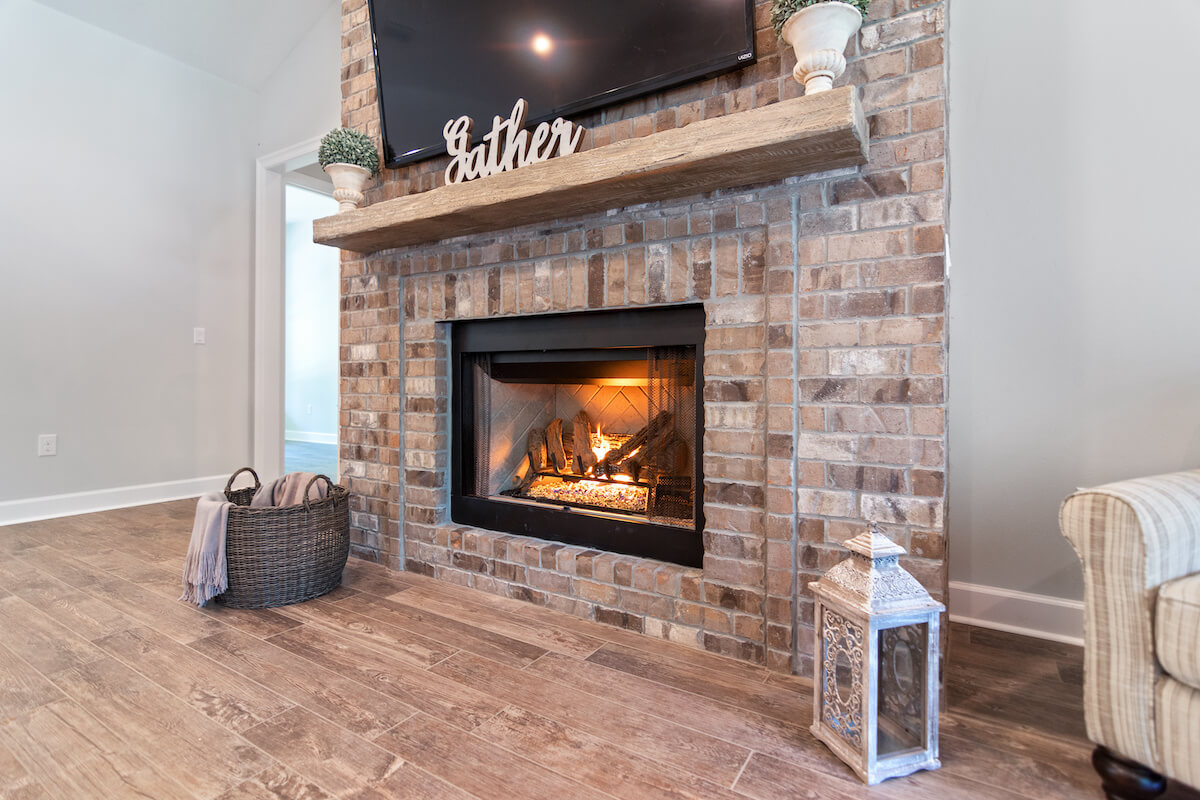
5 Fireplace Safety Tips
Winter is close, and that means that the cold weather is almost here too! That means it’s time to start preparing your home’s heating system to keep you comfortable. Texas Ace Heating and Air is all about keeping you and your family comfortable AND safe. That’s why today’s post is a safety guide for anyone whose home relies on a fireplace as a main or supplementary heat source.
Don’t have a fireplace, but still want to know how to keep your home comfy in the colder seasons? If you have a standard HVAC system, check out our last post on how to Reduce HVAC Strain in the Winter.
Fireplace Safety Tips
-
Keep a Fire Extinguisher Nearby
You’ve probably heard the phrase “It’s better to have it and not need it than to need it and not have it.” A fire extinguisher is the perfect example of this! While you will hopefully never need to use a fire extinguisher, it’s still good to have one on hand. This is especially true if you’ll be operating a fireplace or a wood-burning stove during the winter.
It’s very important to note that an extinguisher is good to have in case of smaller mishaps, but you should dial 911 at the first sign of a serious or out-of-control fire.
-
Open the Chimney Damper (Flue)
A chimney flue is the channel smoke travels up from your fireplace. Most fireplaces have a mechanism to close the flue when the fireplace isn’t in use. This mechanism is called the chimney damper. It prevents backdrafts of cold air from coming down into your home. Before you light a fire, make sure that the damper is open! It may seem like a no-brainer, but this step can be easily overlooked. Smoke will be trapped inside your home if you light a fire with the chimney damper closed, smoke. In addition to the potential smoke damage this can cause, a smoky house can also cause hazardous breathing conditions. This is why it’s important to take a moment and verify the damper is functional and open before you light a fire. The last thing you want is to realize that your chimney damper is jammed, stuck, or broken AFTER you have a fire going!
-
Get a Fireplace and Chimney Inspection
Before you start using your fireplace for the season, you need to have your chimney and fireplace inspected. This is a necessary step even if you don’t use the fireplace often. While you may assume that there is little to no build-up in your chimney, it’s better to be safe than sorry. Squirrels, raccoons, and even some birds are known to nest in chimneys! Those nesting materials (twigs, grasses, and leaves) are highly flammable and are a serious hazard. It’s also important to make sure that there is no damage to the chimney that could cause dangerous conditions.
How often should you have your chimney and fireplace inspected?
According to the National Fire Protection Association, fireplaces, chimneys, and vents should all be inspected at least once a year. Inspectors should be checking for chimney deposits, damages, and proper clearances. Perform any appropriate clean-up and repairs once the inspection is completed.
-
Test Your Smoke Alarms and Carbon Monoxide Detectors
Smoke alarms do exactly what the name suggests… they alert you to smoke in your home! Less common, but equally important, are carbon monoxide detectors. Carbon monoxide (CO) is a colorless and odorless gas. It is released as a byproduct when fuels such as wood and gas are burned. Too much carbon monoxide can lead to carbon monoxide poisoning — a very serious medical emergency. There are several ways CO may build up. One major cause is from cold air flowing back down through a chimney. This can push this gas back into your home. Since it’s a colorless and odorless gas, the only way to detect the presence of CO is with a specialized carbon monoxide detector. That’s why it’s so important that you have functional carbon monoxide detectors if you’re using any sort of stove or fireplace to heat your home.
-
Use Proper Fire Starting Techniques
You should never use lighter fluid, gasoline, butane, propane, or kerosene to start a fire in your fireplace. These accelerants can create dangerous fumes when ignited. The addition of chemicals like these can also promote build-up to form in your chimney. Chimney buildup is a fire hazard, and can also create the kind of dangerous cold air backflow that we mentioned above in #4. On top of accelerants posing these dangers, it’s also easy to apply too much of them to your fireplace. This greatly increases the risk that your fire will get out of control.
